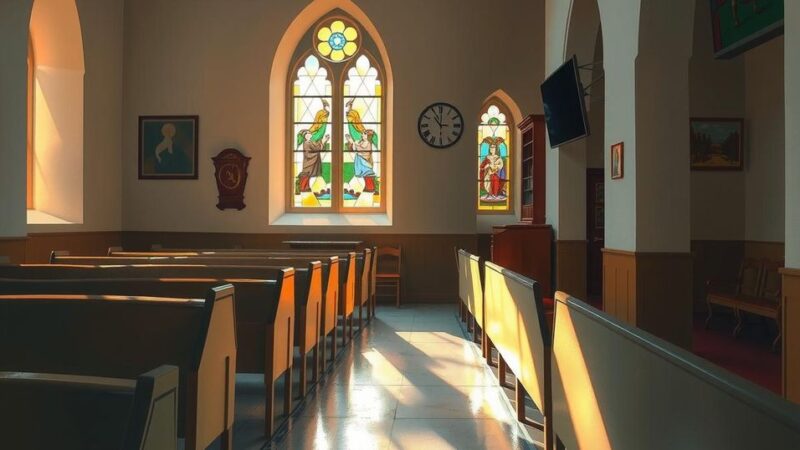Santorini and the surrounding Cyclades region have been experiencing a seismic swarm since January 2025, with over 1,000 earthquakes recorded, some exceeding magnitude 5.0. This has led to a state of emergency, extensive evacuations, and precautionary measures. Seismic swarms consist of closely occurring tremors, usually linked to volcanic or tectonic activity, and deserve scrutiny in active geological regions.
Since January 27, 2025, the Cyclades region, encompassing Santorini, has witnessed a significant increase in seismic activity characterized as a “seismic swarm.” Over 1,000 undersea earthquakes have been recorded, with several exceeding a magnitude of 5.0. The concentrated epicenters between Santorini and Amorgos have prompted an emergency declaration, the evacuation of more than 11,000 individuals, and extensive precautionary measures, including draining swimming pools to mitigate potential hazards.
A seismic swarm is defined as a series of multiple tremors of similar magnitude occurring in a short timeframe, contrasting with traditional earthquake sequences which typically feature a prominent quake followed by aftershocks. The term originated in the mid-20th century as researchers studied clustered seismic activities in volcanic areas, particularly in countries such as Japan, Italy, and the United States. Today, institutions like the United States Geological Survey (USGS) classify these events, commonly associated with geological phenomena such as tectonic shifts and volcanic activity.
In summary, seismic swarms, including the recent one affecting the Cyclades, intrigue scientists and raise public safety concerns. While they may not inevitably lead to a catastrophic event, their occurrence in a geologically active zone necessitates diligent monitoring and precautionary actions by authorities and residents alike. Continued collaboration with organizations like the European Union’s Copernicus, which offers advanced seismic data visualization, is critical for effective response and assessment efforts.
Original Source: www.tovima.com






